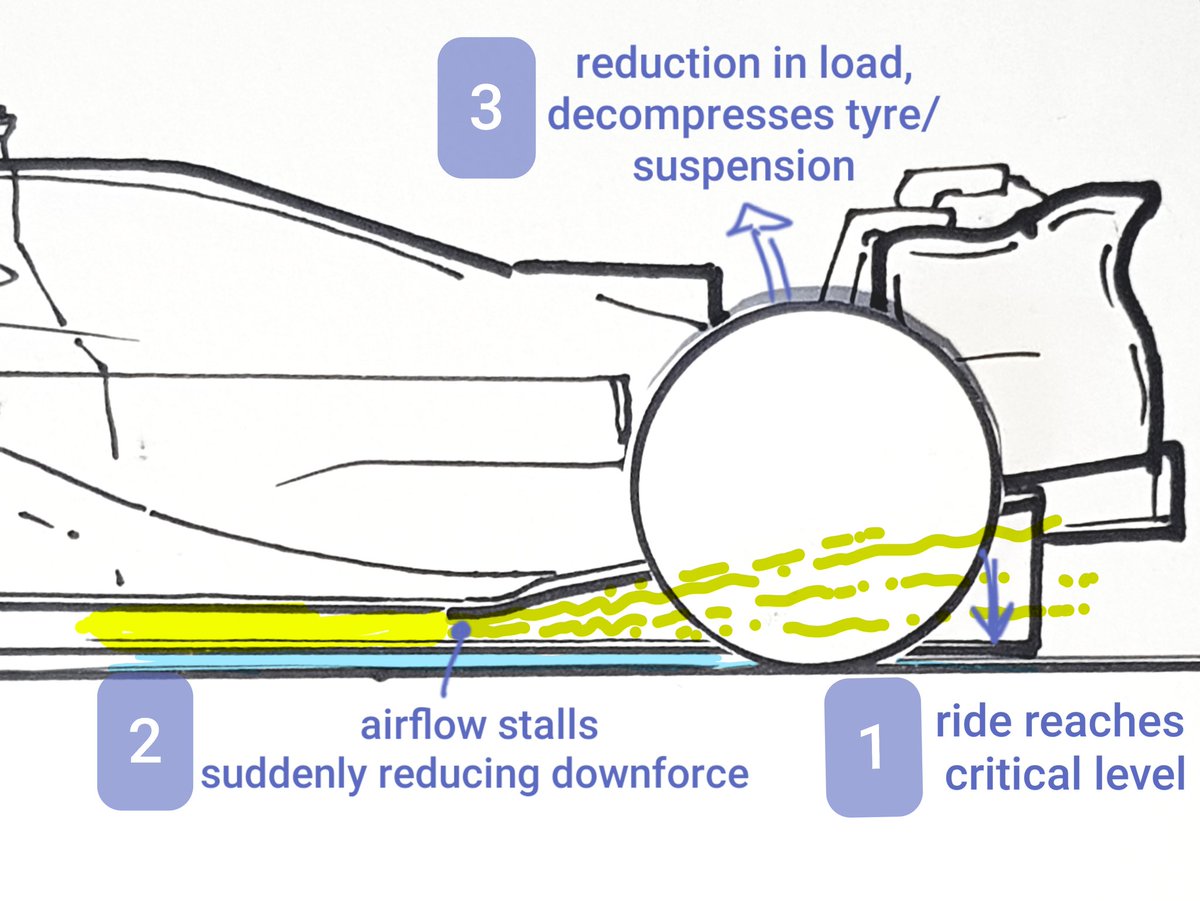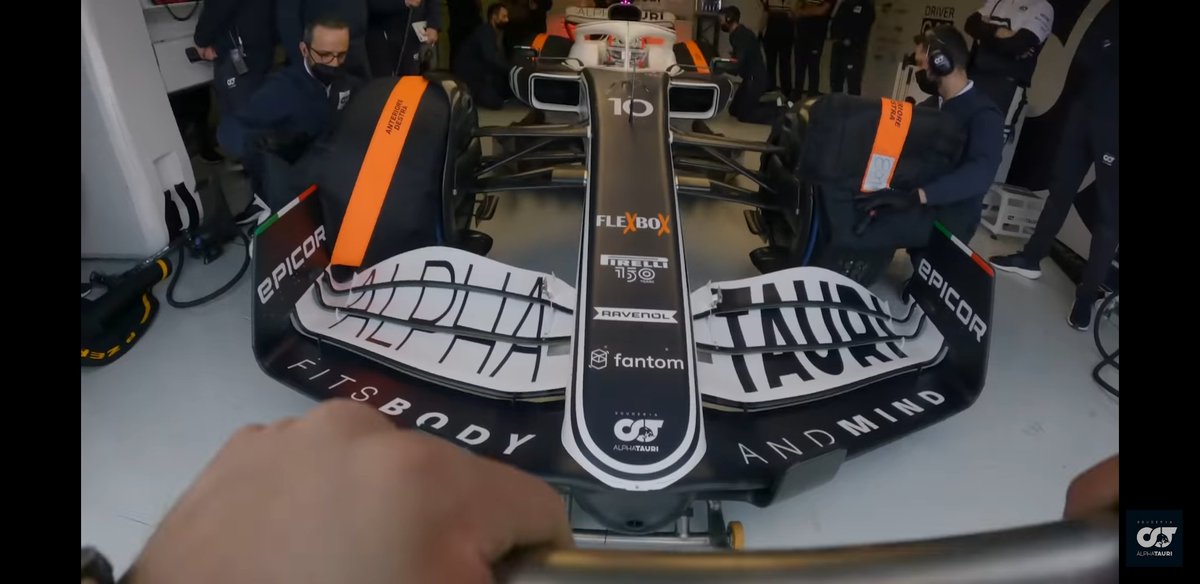
The roll structure absorbed the initial impact as the car landed hard on the track upside down high speed
Then the other safety structures protected the Guanyu, the halo & the high sides/rear to the carbon-fiber survival cell. All of these are tested with extreme loads to be safe

Then the other safety structures protected the Guanyu, the halo & the high sides/rear to the carbon-fiber survival cell. All of these are tested with extreme loads to be safe


• • •
Missing some Tweet in this thread? You can try to
force a refresh




































